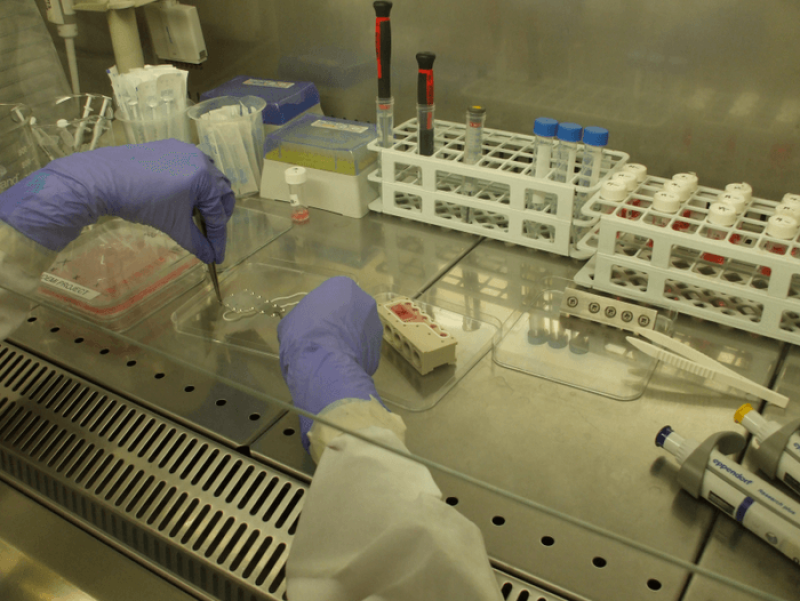An upcoming experiment aboard the International Space Station will test the effects of microgravity on living cells mixed with tiny ceramic particles. The test could result in powerful new antioxidants to treat the deleterious effects of prolonged exposure to space as well as various age-related diseases.
The raw materials for the research, called the Nano Antioxidants experiment, arrived at the ISS [May 6] aboard a SpaceX Dragon cargo capsule, according to an European Space Agency press release. The purpose of the project is to find new ways of stimulating cells such that they can fight back against the negative influence of microgravity on the muscles and bones of astronauts during long-duration missions. As an added bonus, the same technology could be used back on Earth to treat the elderly and people with muscle-wasting diseases.
Ceramic lab-designed nanoscale particles, dubbed nanoceria, will be added to a living cell culture and kept at a balmy 30 degrees Celsius (80 degrees F) for six days. The nanoceria are designed to mimic the way enzymes work in living organisms, and—fingers crossed—protect organisms against damage caused by oxidative stress.
Read full, original post: Nanoparticle ISS Experiment Could Lead to New Anti-Aging Therapies































